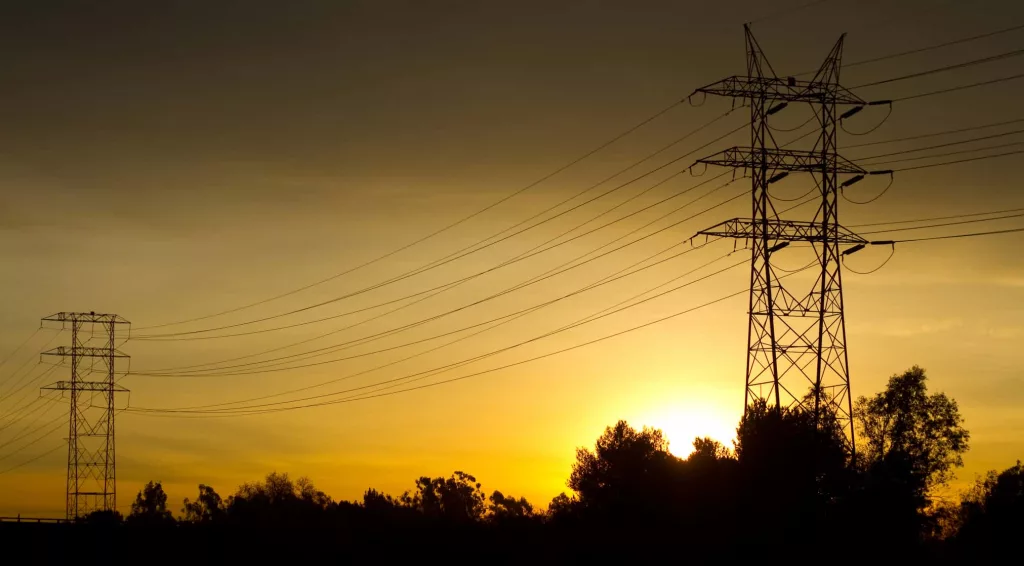The nation needs a more balanced energy policy! That’s the view of the man who runs the Donald C. Cook Nuclear Power Plant for AEP—American Electric Power. Shane Lies is the Site Vice President at Cook. He talked to the St. Joseph/Benton Harbor Rotary Club this week and was asked how the U.S. should deal with its growing energy demands in the future.
Lies said federal policies in recent years have been “too absolutist.” “People want all wind or solar, other people want a lot more nuclear, some want no coal and they want that tomorrow.” Lies said only a carefully planned combination of energy sources with realistic timelines for change will give the nation what it wants—and needs—for its energy future. As he put it, “We need a sensible mix.”
Lies explained that the Cook Plant is currently licensed to operate for another 15 years, until 2037. They’re just completing a 1.2 Billion dollar update project to make that possible. There’s a chance AEP will decide to apply for an additional 20-year extension for Cook, until 2057. But that decision has NOT been made yet.
There are only two new nuclear plants under construction in the U.S., in Georgia. And Lies believes they will be the LAST full-scale nuclear plants to be authorized due to the incredibly high cost: $ 14 Billion Dollars each. However, Lies does not believe nuclear power will disappear. He predicts that smaller, so-called ‘modular’ nuclear units will be the next phase of nuclear power generation.
The smaller modular units—a fraction the size of the Cook Plant– could be standardized, mostly pre-built and installed at locations where outdated and environmentally outmoded coal-fired plants must be shut down. A huge savings would come through using existing infrastructure for power distribution and plant support. Lies said nuclear, natural gas, solar and wind all have a role in gradually replacing coal-fired generating plants.
Lies did not address—nor was he asked about– the continuing nationwide issue of nuclear waste disposal. It’s been put off by Congress for decades, forcing plants to store their atomic waste on-site, pending a long-term solution in Nevada or elsewhere.






